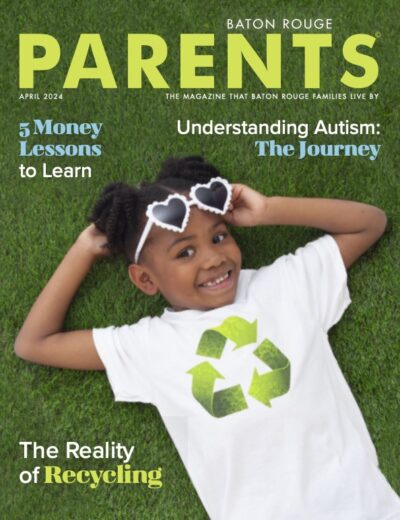
Treating Torticollis
Did you know about 3 in every 100 babies are born with–or eventually develop–a condition that causes their necks to become stiff on one side? This condition is called torticollis, and it can happen easily if your baby is not moving his or her head enough. While it sounds scary, torticollis can be resolved with physical therapy as long as you address it quickly. That’s why pediatric physical therapists like Rebecca Rudisill, PT, DPT, are here to help if you suspect your baby may have torticollis.
WHAT IS TORTICOLLIS?
Torticollis is a common condition characterized by tightness in the muscles on one side of a baby’s neck along with weakness on the other side. This causes the baby’s head to tilt to one side while the other side becomes overstretched. The primary muscle involved is the sternocleidomastoid, which is a muscle that runs from behind the ear all the way to the breast and collar bone. We have these muscles on each side of our necks, and these muscles work together to help rotate our heads. When a baby has torticollis, his or her neck does not have full range of motion. “However, it doesn’t just stop at the neck,” says Rebecca Rudisill, a pediatric physical therapist at Woman’s Hospital. “There can also be a tightness running down the baby’s entire body, which makes their arm, leg, and trunk stiff as well.”
HOW DO I KNOW IF MY BABY HAS TORTICOLLIS?
“Look at pictures of your baby. If their head is tilted the same way in every picture, then that’s your clue that something isn’t right,” Dr. Rudisill says. “Another sign to look for is if your baby is only looking to the right instead of the left, or vice versa. And, since their head is stuck in one position, they could also develop a flat spot on their head, which is another condition called plagiocephaly. If your baby has either torticollis or plagiocephaly, you definitely need to get that checked out to make sure they don’t have the other condition as well.”
CAN TORTICOLLIS BE PREVENTED?
Yes, but not in all cases. Sometimes torticollis is a result of the baby’s positioning in utero, like if he or she does not have enough room or is crammed into the mother’s ribs and hips. If the child is not born with torticollis, there are several preventative measures you can take. “Make sure your baby has plenty of tummy time and that they don’t spend too much time in swings and bouncers. You also need to make sure you are engaging with your baby by helping them follow your face, side to side, and having them look around,” advises Dr. Rudisill.
I THINK MY BABY HAS TORTICOLLIS. WHAT SHOULD I DO?
“Run, don’t walk, to physical therapy,” Dr. Rudisill says. “The wait-and-see method is outdated, and we have scientific evidence for that. The earlier you start treatment, the earlier we can resolve the condition.”
In fact, if your baby is born with torticollis, there is a 98 percent chance the torticollis will be resolved if you address it before they turn a month old. If your baby develops torticollis after he or she is born, seek help from a physical therapist as soon as possible. Your baby’s physical therapy will include lots of stretching of the tight muscles and strengthening of the weak muscles, along with developmental treatment such as tummy time, rolling, and sitting, depending on the age of the child. Older children may opt for aquatic therapy, which utilizes the same therapeutic measures to treat torticollis, just in a different environment. Your therapist may also give you a list of stretches and exercises to do with your child at home, which will be crucial for facilitating the process of treating the torticollis.





